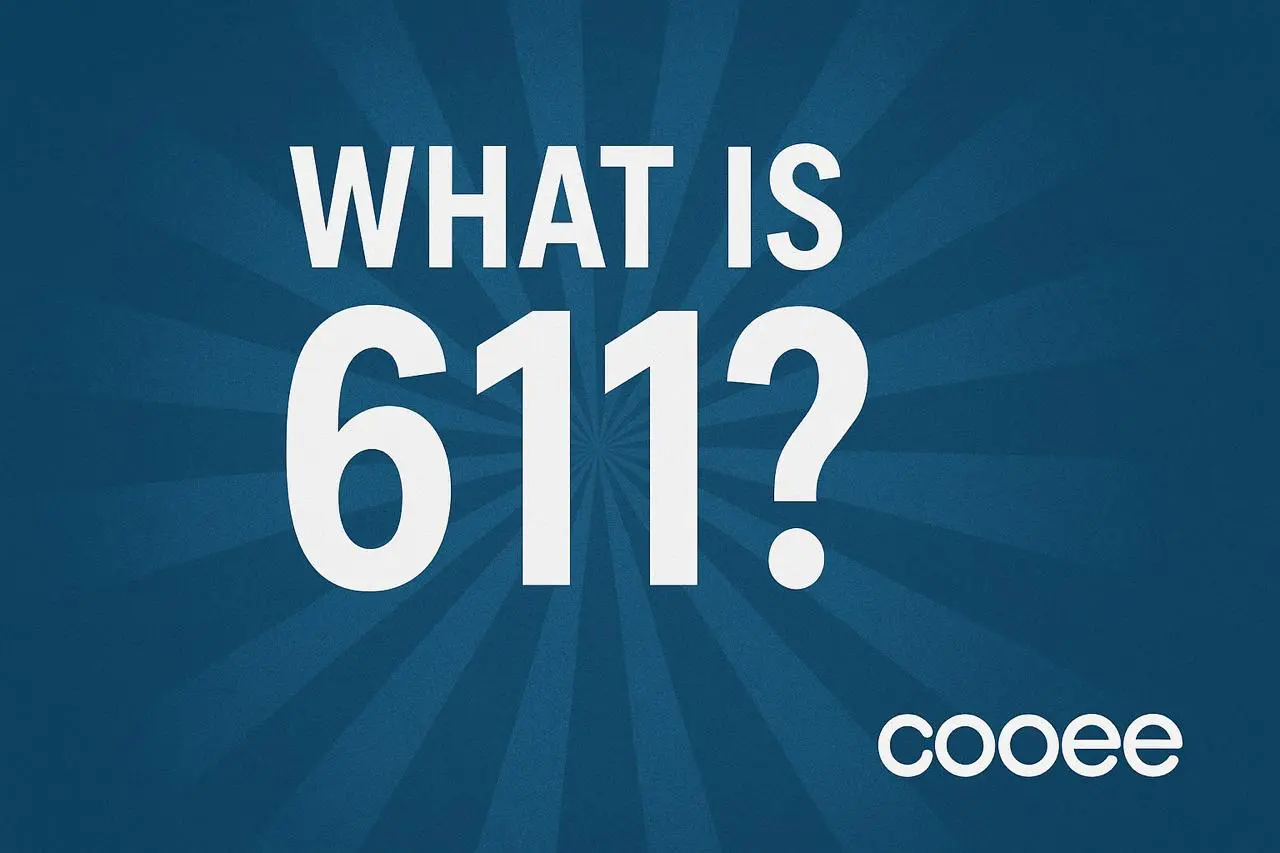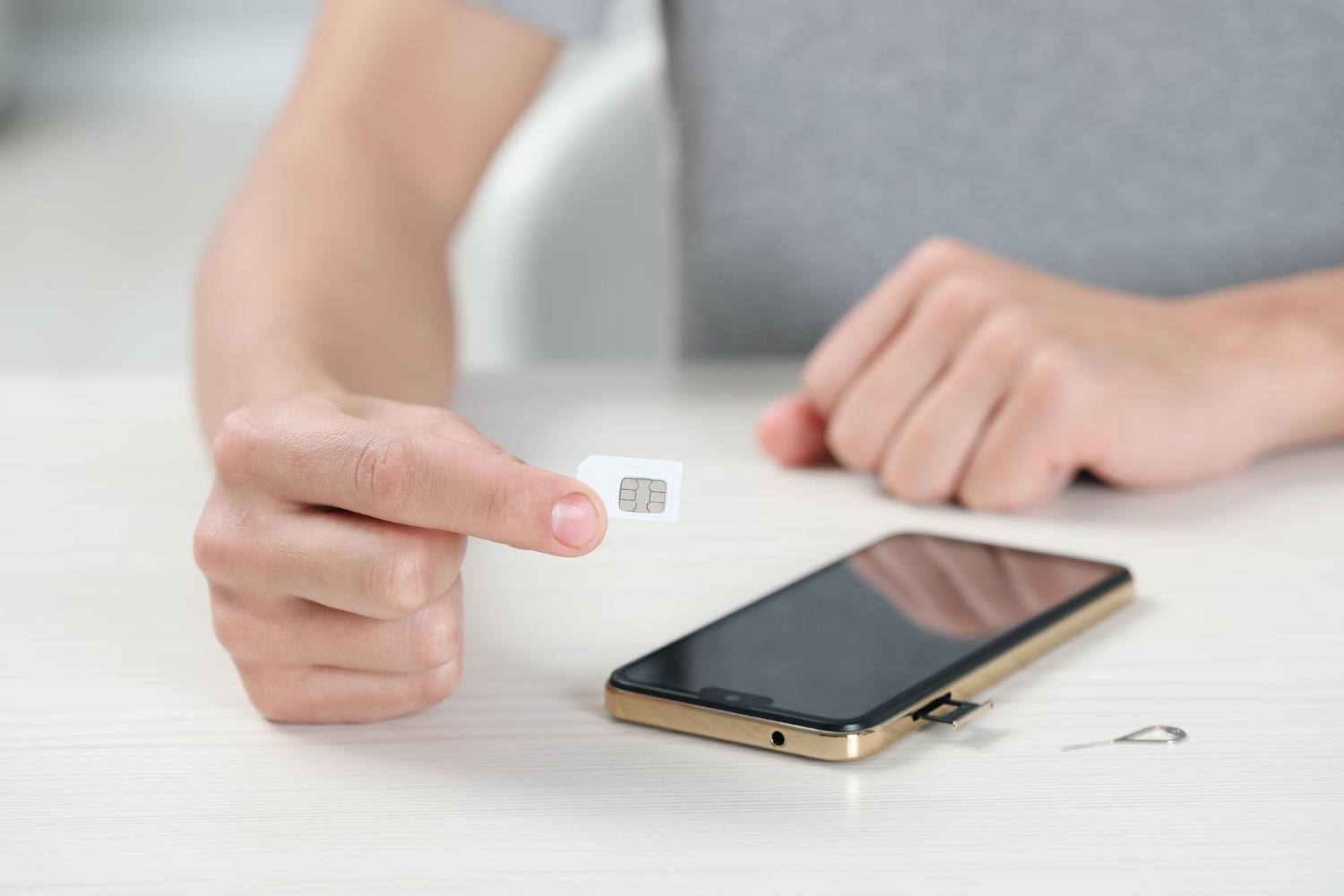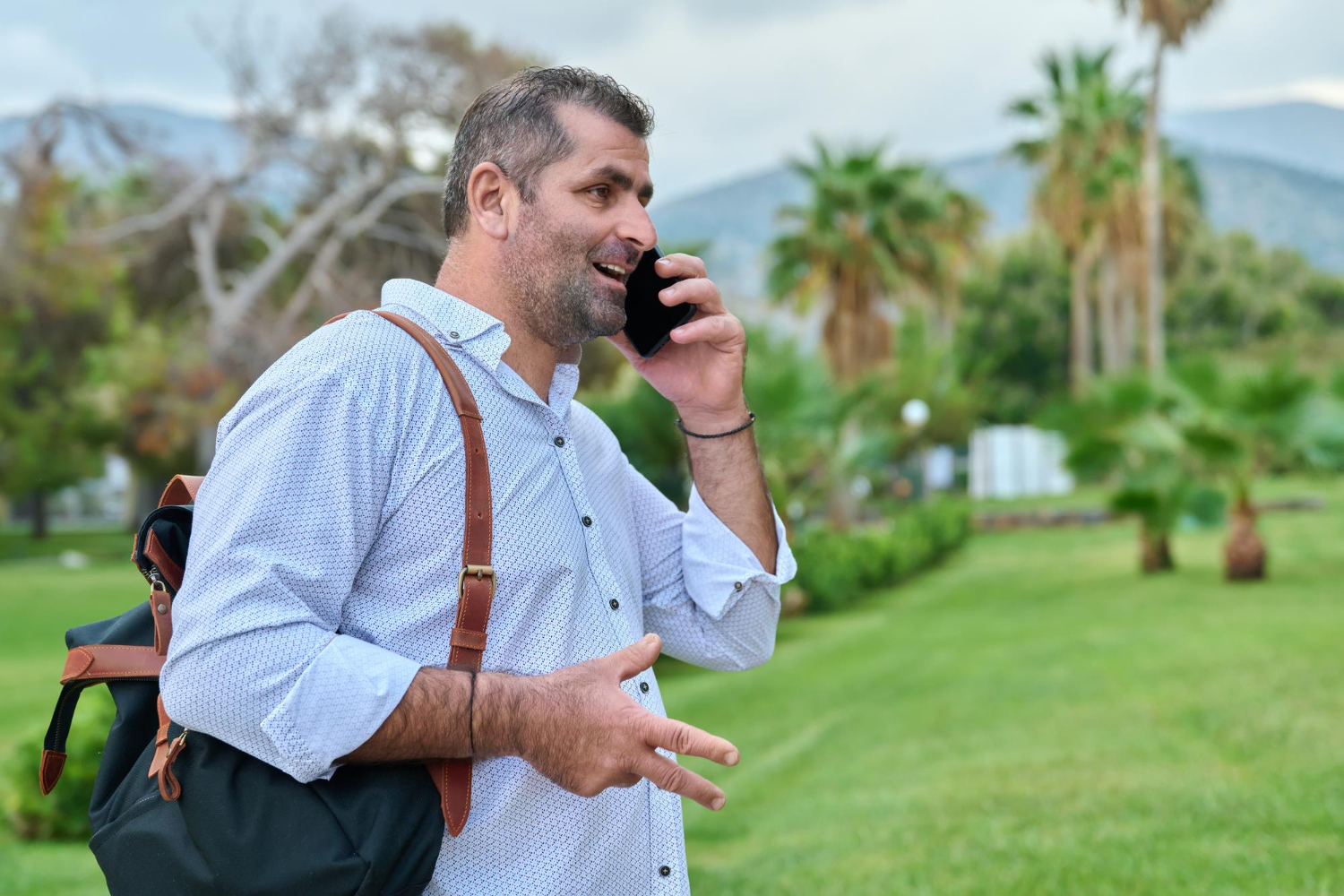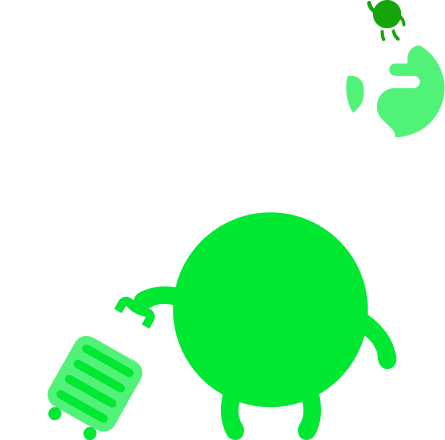Managing phone communications can get confusing, especially when dealing with international calls or modern VOIP numbers. In this guide, we’ll break down the US phone number format, dive into US area code structure, explain how international calling to US works, and share best practices for using VOIP numbers effectively.
1. Understanding the Standard US Phone Number Format
A typical US phone number follows this pattern:
(AAA) BBB-CCCC
- AAA = Area Code
- BBB = Central Office Prefix or Exchange Code
- CCCC = Subscriber Number
For instance: (415) 555‑1234
When written with an international code, format it like this:
+1 415 555 1234
Here, +1 is the country dialing code for the United States, followed by the US phone number format.
2. US Area Code Structure: What You Need to Know
Area codes, the first three digits of a US phone number, serve several purposes:
- Geographical assignment: Historically tied to a specific region or city
- Overlay codes: Multiple area codes can cover the same area; new codes added when demand grows
- Toll-free transfer: Some area codes (800, 888, 877) are toll-free and not tied to geography
Key rules of the US area code structure:
- The first digit: between 2–9 (0 and 1 are reserved)
- The second digit: 0 signals entire-state code; 1 indicates metropolitan/restructuring area
- The third digit: 0–9, selected based on availability
Recent changes like area-code overlays (e.g. New York getting 646 over existing 212) mean that it’s essential to always dial the full 10-digit number even locally in many areas.
3. How International Calling to US Works
Communicating across borders requires the full dialing format:
+1 (AAA) BBB‑CCCC
To place an international calling to US number:
- Dial exit or international access code (varies by country; e.g., 00 in the UK, 011 in Canada)
- Dial 1 (US country code)
- The 10-digit US phone number (area code + number)
Example (calling from the UK to San Francisco):
00 1 415 555 1234
3.1 Charging and Formatting Considerations
- International rates apply unless using a flat-rate or unlimited plan
- ID display is affected by formatting using +1 helps ensure correct caller ID routing
- Phone etiquette: Include “+1” in email footers or contact pages to ensure global readability
4. VOIP Numbers: Modern Telephony for Businesses
VOIP numbers (Voice over Internet Protocol) are phone numbers that operate over the internet rather than traditional phone lines. They’re widely used because they allow businesses to:
- Set up local presence in multiple areas
- Avoid high international call charges
- Integrate voice into CRM, helpdesk, and customer support workflows
- Scale lines up or down with minimal effort
4.1 Formatting & Using VOIP Numbers in a US Context
Even virtual VOIP numbers follow the standard US phone number format:
+1 (212) 555 7890
For international calling:
+1 212 555 7890
How it works:
- You purchase a number in a desired US area code, regardless of physical location
- All calls to that number route via the internet to your device or service
- It’s recognized as a local call when dialed by other US numbers
4.2 Use Cases & Advantages
- Multinational teams: Employees across different countries can have local numbers
- Remote-first organizations: Voicemail, call routing, conferencing—all handled online
- API integration: VOIP platforms like Twilio and Plivo let you embed voice in apps easily
5. Dialing Best Practices & Formatting Tips
Proper formatting ensures clarity, professionalism, and seamless connectivity:
- Local calls: In overlay areas always dial 10 digits: 415-555-1234
- International contacts: Use +1 415 555 1234 in emails, websites, and social media
- Representing VOIP numbers: Format identically, e.g., +1 (646) 555-9876
- Toll-free support: Use (800) 555-0000 or +1 800 555 0000 for global reach
6. Common Mistakes to Avoid
- Dropping the area code
- Can cause failed calls, especially with overlapping area codes requiring 10-digit dialing
- Using international exit codes in display
- Always use +1, not 011-1 the plus sign is universally recognized
- Ignoring VOIP conventions
- Treat VOIP numbers same as landlines in formatting and listing
- Misidentifying toll-free codes
- Toll-free area codes: 800, 888, 877, 866, 855, 844, 833—these are not geographic
7. Quick Reference Table
| Scenario | Format Example |
| Local call (e.g., NY) | 212‑555‑1234 |
| US-wide caller | (212) 555‑1234 |
| International dialing to US | +1 212 555 1234 |
| Toll-free US number | +1 800 555 0000 |
| VOIP Business line | +1 (415) 555 5555 |
Final Thoughts
Mastering the US phone number format is essential especially with the prevalence of VOIP numbers, area-code overlays, and global communication needs. Clearly displaying your number in the proper format builds trust, ensures better connectivity, and eliminates confusion for anyone trying to reach you.
Always remember to:
- Use full US area code structure
- Add +1 for international calling to US
- Format VOIP numbers just like traditional numbers
Follow these guidelines to maintain a modern, user-friendly, and professional presence—whether you’re a local business, remote team, or global organization.








